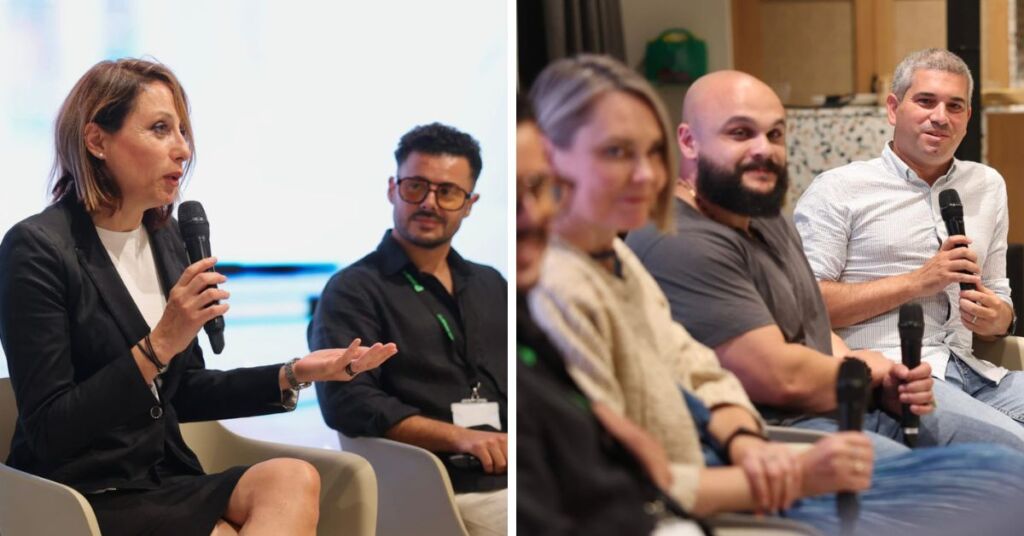Can AI Really Replace Human Creativity? Designers Debate Malta’s Digital Future

As artificial intelligence becomes more powerful in design, what role is left for the human creator? That was the central question at Digital Design – Redefining Creativity: AI and The Future of Design, a thematic talk held yesterday at the Malta Digital Innovation Authority in Birkirkara.
Moderated by MDIA Head European Digital Innovation Hub Bernard Montebello, the discussion brought together artists, researchers and entrepreneurs to explore how AI is reshaping creative work — and whether technology and tradition can truly coexist.
From double selves to video games
To break the ice, Montebello asked panellists what they would want AI to design for them. Most jokingly answered “an extra version of myself” to get more done, while AI researcher Dr Dylan Seychell quipped that, given his work constantly scrutinises AI’s flaws, he’d simply ask it to build him a video game.
First encounters with AI: underwhelming beginnings
Digital artist Etienne Farrell recalled being underwhelmed by early AI systems, saying they often gave you “a lot of what you want to hear” but little substance. Textile artist Kristina Austi, who joined the event with the support of the European Crafts Alliance, described how she once asked AI for weaving help and got embroidery images instead.
Entrepreneur David Sciberras (Invent 3D) and Artist/Illustrator Zach Ritchie both noted that while early results disappointed, today’s tools help them prototype, cut costs and experiment with ideas more quickly. Still, as Sciberras put it, AI rarely brings “new knowledge” but instead rehashes the obvious.
The limits of AI
Dr Seychell emphasised that AI isn’t a superhero solution but a product designed to keep users engaged. He broke down its main uses into three categories: reshaping data (like rewording an email), acting as a practice partner (simulating scenarios), and serving as a creative collaborator (helping with prototypes).
Yet, when it comes to what should remain human, the panellists were clear. Farrell insisted her one-off pieces and teaching rely on genuine human connection. Austi said storytelling is irreplaceable, noting that audiences — including her 20-year-old daughter — crave real, human narratives. Ritchie predicted a “new renaissance” where people return to handmade authenticity, while Sciberras pointed out that AI cannot replicate the sensory experience of physical craftsmanship.
Safeguarding originality and ownership
The debate also turned to intellectual property. If AI is used in creating a product, who owns the result? Montebello stressed that Malta, in line with the EU’s AI Act, is working on safeguards to protect users and uphold originality.
Audience members added that art has always been disrupted by new tools, but what makes it valuable is imperfection — the very thing that makes us human.
A cautious optimism
The panel agreed AI can accelerate workflows and open doors, but nothing can truly replace the unique value of human creativity. As Seychell concluded, quoting Immanuel Kant:
“Out of the crooked timber of humanity, no straight thing was ever made. Do not expect miracles out of it.”
The event was organised as part of designMT by the Malta Crafts Foundation, with support from the European Crafts Alliance and the European Union.
